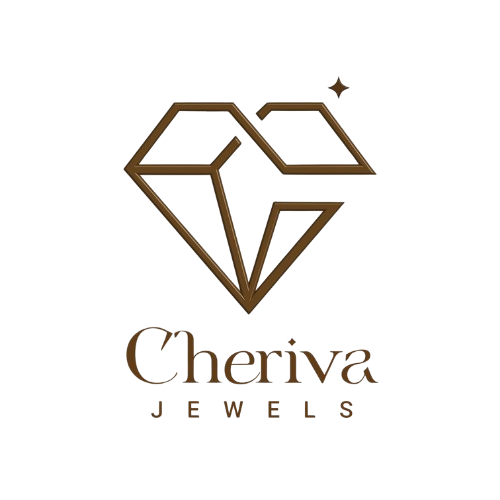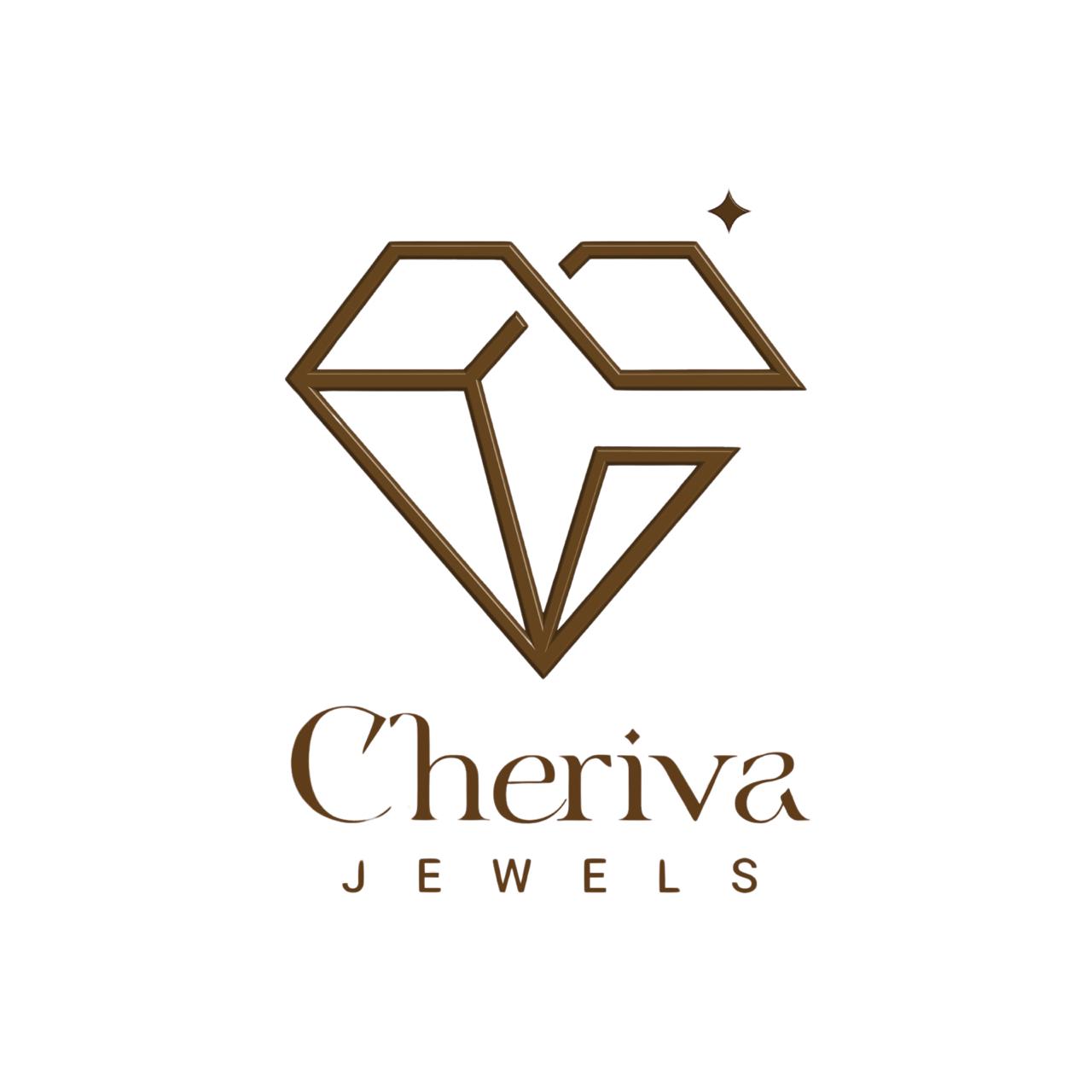
Every Month Birthstone | Complete Guide
Discover the connection between gemstones and the months of the year.
Birthstones are more than decorative pieces they carry history, beliefs, and connections passed down through generations. From January’s garnet, once carried for protection, to December’s turquoise, linked to peace and good fortune, each gem has its own heritage, appeal, and cultural relevance.
Birthstones by Month | Quick Reference Table
|
Month |
Modern Birthstone(s) |
Traditional Birthstone(s) |
Colors |
Meaning |
Mohs Hardness |
|
January |
Garnet |
Garnet |
Deep red, green, orange |
Protection, vitality |
6.5–7.5 |
|
February |
Amethyst |
Amethyst |
Purple |
Calm, focus |
7 |
|
March |
Aquamarine, Bloodstone |
Bloodstone |
Blue, green |
Courage, peace |
7.5–8 |
|
April |
Diamond |
Diamond |
Clear, yellow, pink |
Strength, love |
10 |
|
May |
Emerald |
Emerald |
Green |
Growth, renewal |
7.5–8 |
|
June |
Pearl, Alexandrite, Moonstone |
Pearl |
White, green, purple |
Purity, change |
2.5–8.5 |
|
July |
Ruby |
Ruby |
Red |
Passion, vitality |
9 |
|
August |
Peridot, Spinel, Sardonyx |
Sardonyx |
Green, red, brown |
Strength, protection |
6.5–7 |
|
September |
Sapphire |
Sapphire |
Blue, yellow, pink |
Loyalty, wisdom |
9 |
|
October |
Opal, Tourmaline |
Opal |
Multi-color |
Creativity, hope |
5.5–7.5 |
|
November |
Topaz, Citrine |
Topaz |
Yellow, orange, brown |
Prosperity, joy |
7–8 |
|
December |
Turquoise, Tanzanite, Zircon |
Turquoise |
Blue, purple |
Luck, transformation |
6–7.5 |
1. January Birthstone | Garnet
The name garnet comes from the Latin granatus, meaning seed, as the crystals resemble pomegranate seeds. For centuries, travelers carried garnet for safe journeys, and it was exchanged as a gift of trust and deep friendship. It has been found in ancient Egyptian jewelry, Greek signet rings, and Victorian keepsakes.
What is January Birthstone
Garnet is best known for its rich red tone, but it also appears in shades like orange, green, and purple. Its range of colors allows it to suit both modern minimalist settings and ornate vintage designs. Garnet’s durability makes it a great choice for rings, pendants, and even everyday wear pieces.
2. February Birthstone | Amethyst
Amethyst has been prized since ancient Greece, where its name came from the belief it could protect against intoxication. It was worn by clergy in the Middle Ages as a sign of clear judgment and has adorned the crowns and jewels of royalty for centuries.
What is February Birthstone
Ranging from soft lilac to deep purple, amethyst works beautifully in statement jewelry and refined accessories. It is often cut into oval, emerald, or cushion shapes for rings, pendants, and bracelets. Affordable yet striking, it’s a favorite for those seeking a rich, regal look without the high cost of rarer gems.
3. March Birthstone | Aquamarine and Bloodstone
March is unique in offering two gemstones aquamarine, associated with calm seas and safe voyages, and bloodstone, once carried by warriors for courage. Aquamarine’s blue has been a sailor’s good luck token, while bloodstone, deep green with red flecks made it a talisman in ancient cultures.
What is March Birthstone
Aquamarine’s clarity and pale blue make it a natural choice for delicate earrings, necklaces, and bridal jewelry. Bloodstone, with its earthy tone and speckled appearance, is often used in signet rings or carved amulets. Together, they represent a blend of serenity and strength.
4. April Birthstone | Diamond
The diamond derives its name from the Greek adamas, meaning unbreakable, symbolizing resilience and lasting bonds. From royal treasures to engagement rings, diamonds have long been a representation of enduring relationships and personal milestones.
What is April Birthstone
Renowned for its hardness, the diamond is ideal for everyday wear. While clear white diamonds are the most common, colored varieties in pink, yellow, and even black add uniqueness. Settings range from solitaire rings to elaborate vintage brooches, making it a versatile choice across all jewelry types.
5. May Birthstone | Emerald
The emerald has been treasured for thousands of years, particularly in ancient Egypt, where Cleopatra was known for her love of the stone. The gem’s lush green was seen as a sign of life and rebirth, linking it to springtime and renewal.
What is May Birthstone
Its intense green shades pair beautifully with yellow gold or platinum settings. While emeralds are slightly softer than diamonds or sapphires, their beauty makes them prized for heirloom rings, pendants, and earrings. Inclusions, known as the jardin, are common and accepted as part of the gem’s natural character.
6. June Birthstone | Pearl, Alexandrite and Moonstone
June celebrates diversity with three distinct gemstones. Pearls form organically inside mollusks, alexandrite changes color in different lighting, and moonstone has a soft glow that has inspired myths for centuries.
What is June Birthstone
Pearls remain classic for strands and studs, while alexandrite’s rarity makes it a collector’s stone. Moonstone fits well in bohemian and vintage style jewelry. Each option offers its own beauty and versatility, making June’s choices some of the most varied in the calendar.
7. July Birthstone | Ruby
Ruby, the red variety of corundum, gets its name from the Latin ruber, meaning red. Known as a stone of passion and vitality, rubies have graced royal collections and ceremonial treasures across Asia and Europe for centuries.
What is July Birthstone
Ruby’s deep red pairs well with diamonds for contrast and is often set in gold for warmth. High-quality rubies are rare, making them a valuable investment. They are commonly used in anniversary jewelry, statement rings, and luxury watches.
8. August Birthstone | Peridot, Spinel and Sardonyx
August offers three options: peridot, a bright green gem sometimes found in meteorites spinel, which comes in red, pink, and blue; and sardonyx, a banded stone often carved into cameos.
What is August Birthstone
Peridot’s vibrant color works well in summer-themed jewelry. Spinel has been mistaken for ruby in historical pieces, and sardonyx remains popular in vintage-inspired designs. These stones cover a wide spectrum of colors and styles for August-born individuals.
9. September Birthstone | Sapphire
Sapphire is most famous for its deep blue variety but occurs in nearly every color except red. Historically, it was associated with wisdom and was worn by clergy and royalty alike.
What is September Birthstone
Blue sapphires are classic in engagement rings, but pink and yellow varieties are increasingly sought after. Their hardness makes them ideal for daily wear, and their range of colors suits both modern and traditional designs.
10. October Birthstone – Opal and Tourmaline
October’s opal is known for its shifting flashes of color, while tourmaline offers nearly every shade in the spectrum. Both have a rich history in jewelry and talismans.
What is October Birthstone
Opal is favored for statement pieces, while tourmaline’s variety allows endless design possibilities. These stones bring a mix of color play and versatility, making October’s gems stand out in any collection.
11. November Birthstone – Topaz and Citrine
November features topaz, admired since ancient Egypt, and citrine, popular in classical Greece and Rome. Both stones carry warm tones suited to autumn jewelry.
What is November Birthstone
Topaz ranges from golden yellow to blue, while citrine offers sunny, golden hues. Affordable and durable, citrine is often used for larger, bold designs, while topaz is chosen for both delicate and grand settings.
12. December Birthstone – Turquoise, Tanzanite and Zircon
December celebrates cool tones with turquoise, tanzanite, and zircon. Turquoise has been valued in Native American and Middle Eastern designs, tanzanite is found only in Tanzania, and zircon is appreciated for its bright sparkle.
What is December Birthstone
Turquoise is often paired with silver for traditional designs, tanzanite’s violet-blue offers a touch of rarity, and zircon comes in various colors, making it versatile for different styles. Together, they bring a refreshing close to the birthstone year.
Q1. What is a birthstone?
A gemstone linked to a person’s birth month, believed to hold symbolic or historical meaning.
Q2. Can I wear another month’s birthstone?
Yes, many people choose stones for their beauty or meaning, not just their birth month.
Q3. What’s the difference between modern and traditional birthstones?
Traditional ones come from historical and cultural origins, while modern ones were standardized in 1912.
Q4. Which is the hardest birthstone?
Diamond (April) ranks 10 on the Mohs scale, making it the most durable.
Q5. How do I care for my birthstone?
Store separately, avoid harsh chemicals, and clean gently depending on hardness.
Q6. Which months have multiple birthstones?
June, August, and December each have more than one option.
Q7. How can I check if my birthstone is real?
Have it examined by a certified gemologist or buy with authenticity certificates.
Q8. How should I care for my birthstone jewelry?
Use mild soap and water for cleaning, avoid harsh chemicals, and store separately in a soft pouch.
Q9. Can birthstones increase in value over time?
Yes, rare and high-quality stones can appreciate, especially if they are well-maintained.
Q10. Where can I buy genuine birthstones?
Purchase from certified jewelers or trusted gemstone dealers who provide authenticity certificates.



